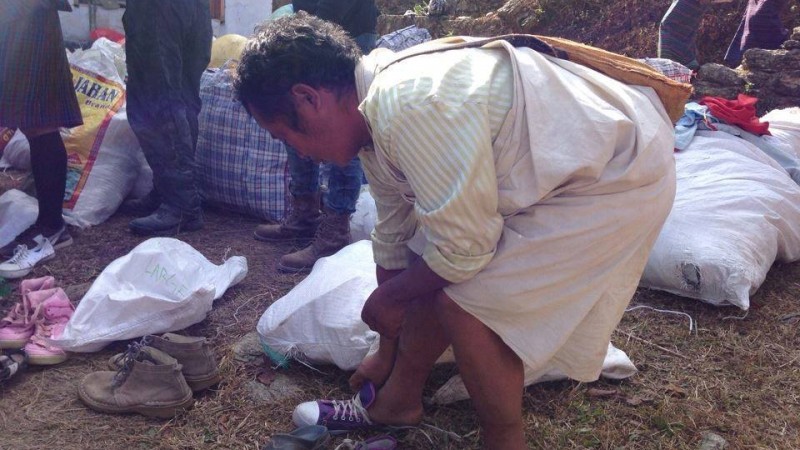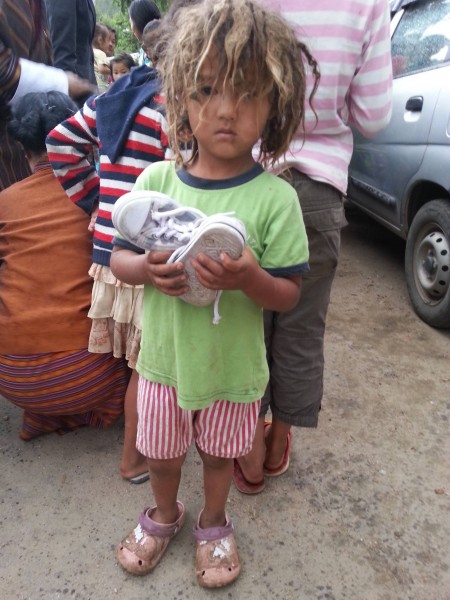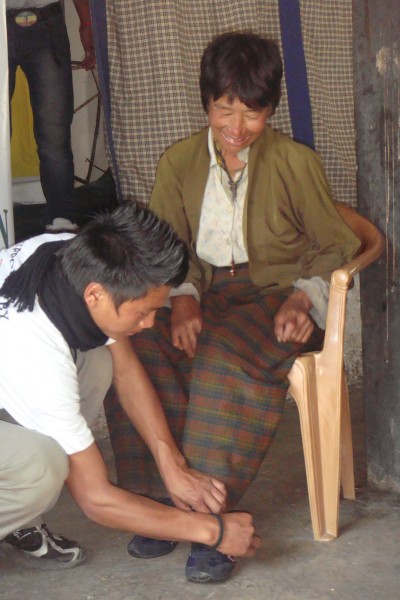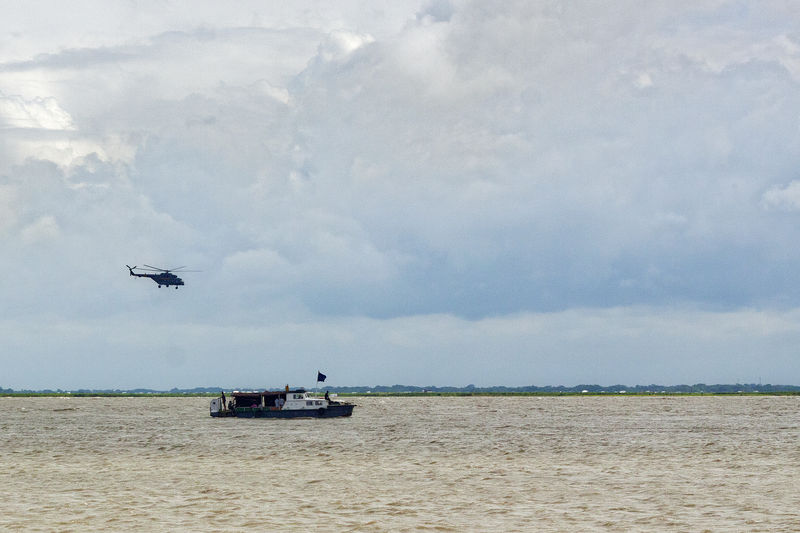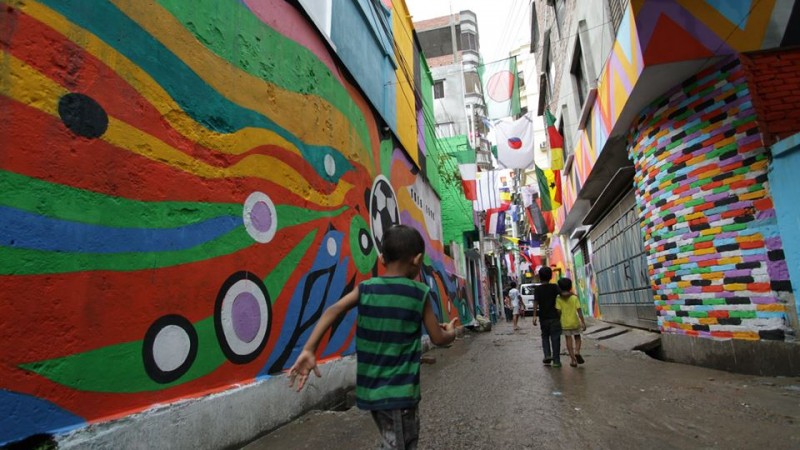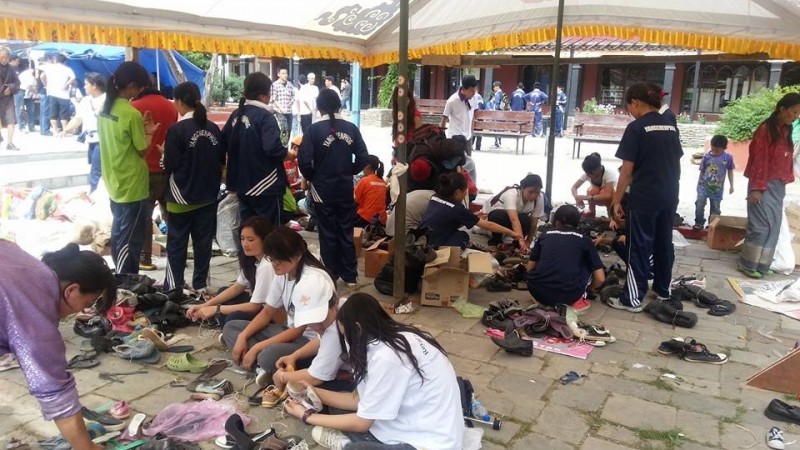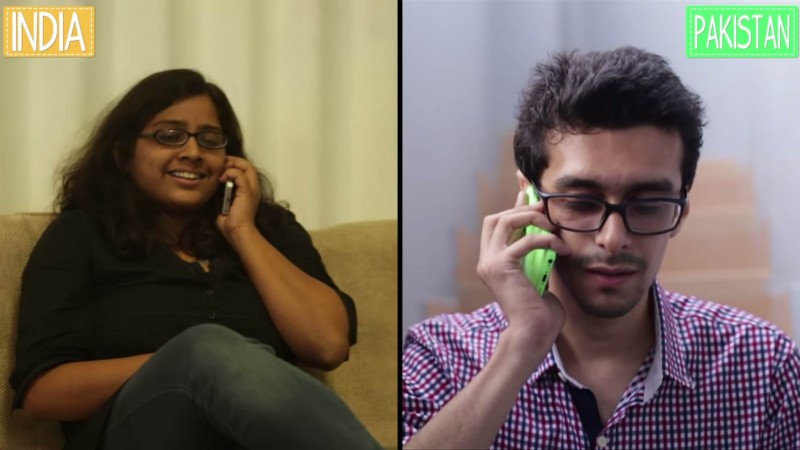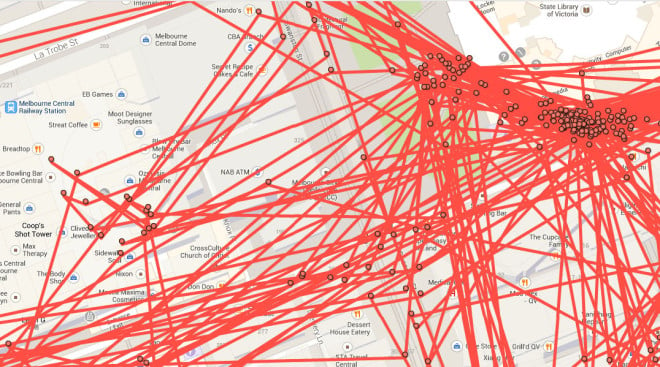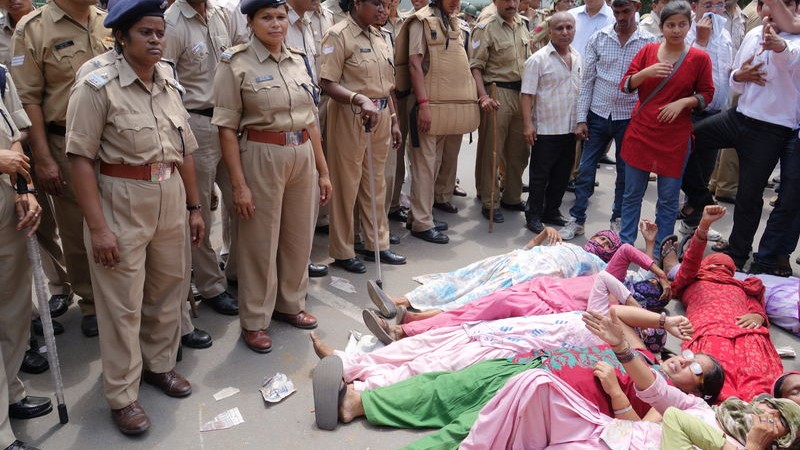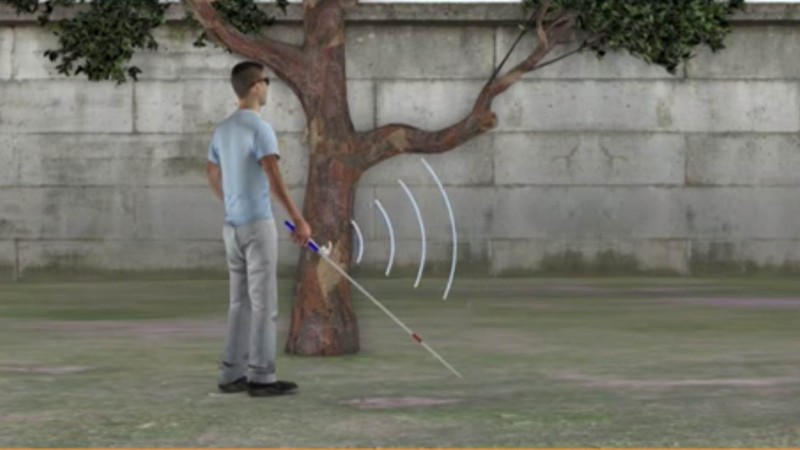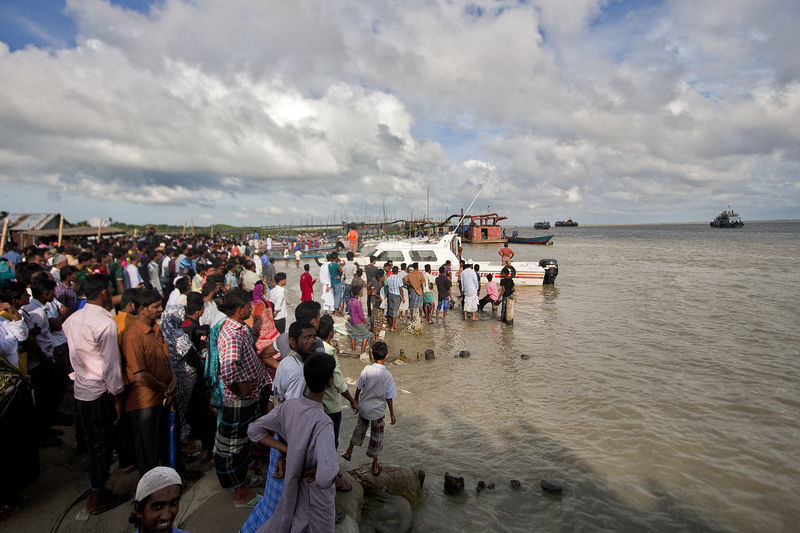 |
| Poster for the missing journalist. Image courtesy Facebook page of Minivan News. Click Image to enlarge. |
Prominent Maldivian journalist, blogger and human rights advocate Ahmed Rizwan Abdulla
went missing Aug. 8, 2014. He was last seen waiting for
an early morning ferry to travel to Hulhumale Island from the capital Male. It is not known whether he boarded the ferry.
The 28-year-old, who works for online news site Minivan News, is an advocate of democracy and free speech and a prolific social media user. He is one of the
first Maldivian bloggers and
writes on many subjects, including religion, politics, and the environment. Rizwan's last tweet from his account
@moyameehaa went out at 1:02 a.m. in which he reported seeing local movie star Yoosuf Shafeeu at the ferry station.
His employer Minivan News
reported that Rizwan had been the target of some online intimidation and had been followed from work in recent months.
Dhivehi Sitee blog described Rizwan:
His online persona has the name of ‘Moyameeha’. He has vast empathy, and a good sense of humour; his #ferrytales entertain many. He is knowledgeable about how centuries old Maldives’ national and religious identity has been hijacked by fundamentalists within a short span of just over a decade.
Rizwan is also vocal against hatred in the name of religion and has not been shy about criticizing the Maldives Islamist Adhaalath Party and other political parties, often pointing out the hypocrisy of their scholars and politicians. When Maldivian supporters of militant group Islamic State (IS) flew their flag at the surf point in Malé last month, Rizwan tweeted a photo:
Political unrest has plagued Maldives since its first democratic presidential election in 2008. The young democracy climbed on Reporters Without Borders' Press Freedom Index immediately following the vote to a
peak of 51 in the ranking. After the alleged ouster of President Mohamed Nasheed, however, and journalists considered to be his supporters were threatened and attacked, the country plummeted to its
latest ranking of 103.
The instability has lead to a
rise in gang violence. On Aug. 3, 2014, 15 Maldivian journalists received an anonymous SMS
threatening them for their coverage of the gangs in the wake of street violence which has seen at least one death and a number of injuries. Rizwan was not threatened by SMS, but
covered the news and tweeted about it:
Threats continue to be a reality for many journalists in Maldives. An
analysis from the Maldives Broadcasting Commission in last May revealed that 84 percent of journalists surveyed reported being threatened at least once, while 5 percent reported being threatened on a daily basis. As many as 30 percent of journalists said they weren't keen to report these threats out of fear.
Sunni Islam is the official religion of the entire Maldives population, as adherence to it is required for citizenship. Many in Maldives are polarised with extreme religious views, evident in the hateful comments on
this article about Rizwan's disappearance from Minivan News, Maldives reputed online news site and Rizwan's employer.
Amira, another blogger from Maldives, feared the worst:
I can’t help feel pessimistic about his going missing given the death threats that has been going around on journalists critical of the gang operations in the Maldives. He is highly critical of the religious extreme groups that has been getting a strong hold of the Maldivian culture and society. I can’t help but think that something has really gone wrong and his life has been endangered. I hope I am wrong. But it is difficult to explain a missing person of his calibre on social media. It is difficult to explain a missing person in the tiny island nation. It is difficult to be positive given the recent stabbings that has been reported in the Maldives media back home. I am sitting far away from home and yet I feel a dread and fear travelling up my spine.
The blogger requested that other outspoken journalists take extra care for safety and always share the whereabouts with family members and close friends.
Many on Twitter expressed their concerns:
More reactions can be found under the hashtag
#findmoyameehaa.
The International Federation of Journalists (IFJ)
has called on the Maldives government to speed up the efforts to find Rizwan.
The post was also published in
Global Voices Online.
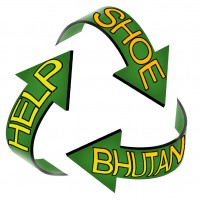 Dawa Drakpa writes in his blog about the initial struggles and how his venture started the social business called Help Shoe Bhutan. Drakpa saw a lot of shoes in a trash yard and thought a good portion of them could be recycled and reused. In rural Bhutan, many children walk for miles without decent shoes to go to school. Farmers often work the field without wearing shoes because they cannot afford footwear.
Dawa Drakpa writes in his blog about the initial struggles and how his venture started the social business called Help Shoe Bhutan. Drakpa saw a lot of shoes in a trash yard and thought a good portion of them could be recycled and reused. In rural Bhutan, many children walk for miles without decent shoes to go to school. Farmers often work the field without wearing shoes because they cannot afford footwear.